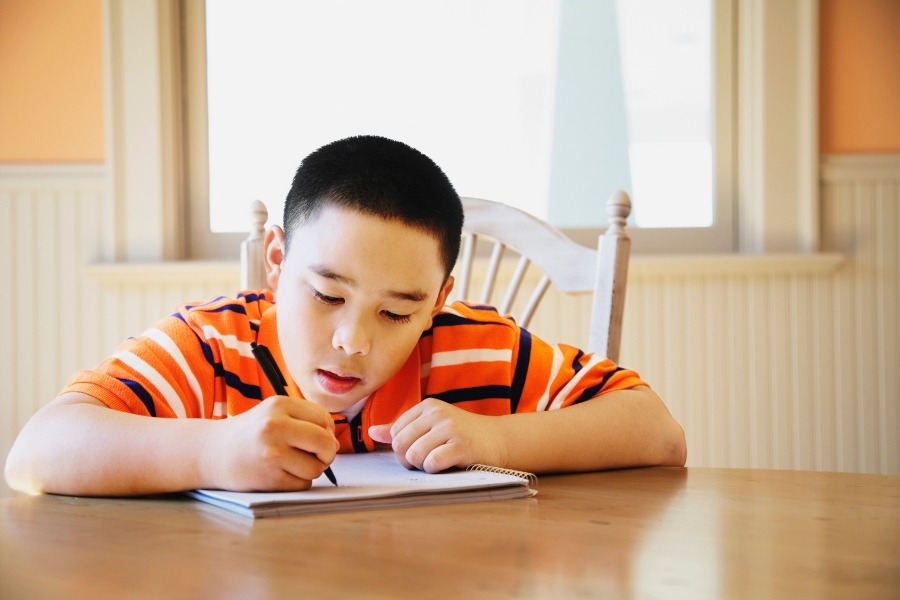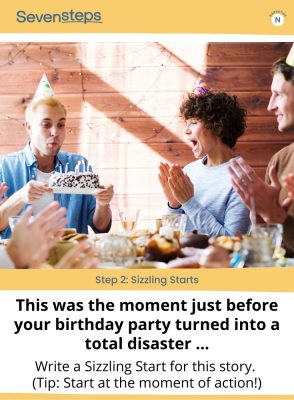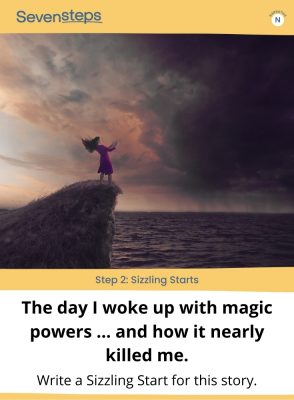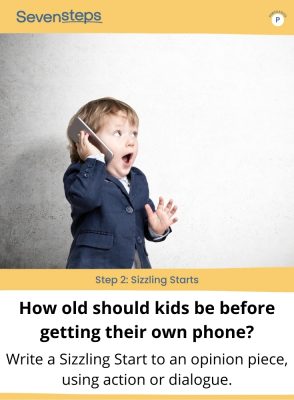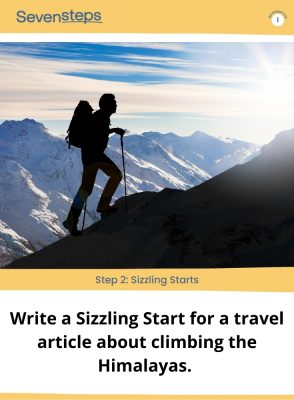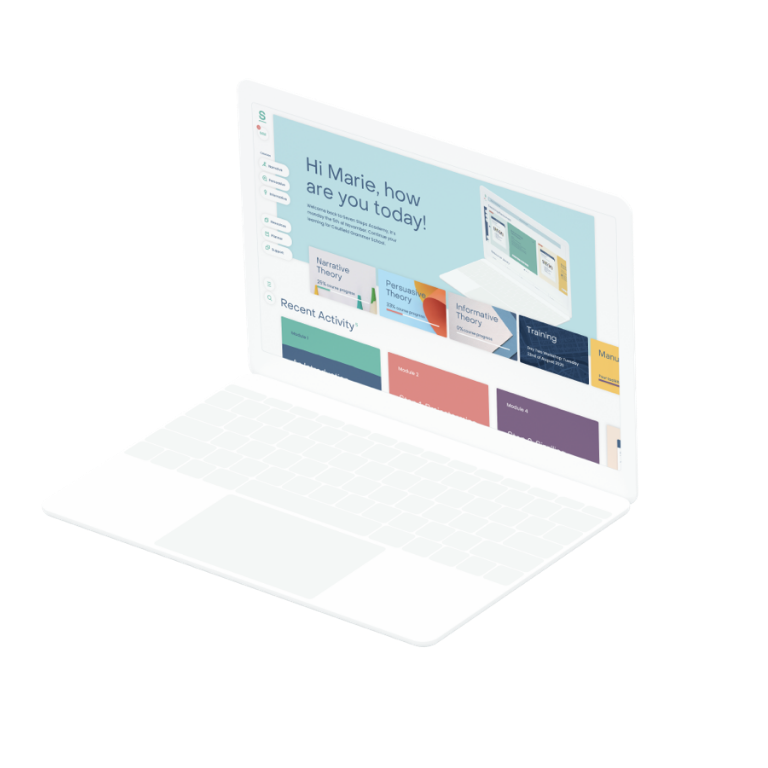No products in the cart.

5 min

Classroom Activities

Admin SEVEN STEPS
For many of us, the way we teach has just been turned on its head. While we hope it isn’t for long, we’re about to become online, remote teachers to our students.
We know you’re going to have a lot on your plate during this strange time, so we want to help.
You’ve already seen the positive impact the Seven Steps has had on your writing classrooms, and we know that right now (even more than ever!) it’s crucial to provide students with simple and explicit writing tasks.
How can we help?
Good news: we’ve been providing online teaching resources for years, so we’ve got you covered.
Teacher Hub is the ultimate support tool, giving schools and teachers access to training videos, theory, templates, PowerPoints, lessons plans marking guides, activities – hundreds of resources altogether!
And to give you a hand during this odd time, we’ve unlocked a selection of Teacher Hub member resources and shared them below. All are modifiable, so you won’t have to create anything from scratch or search for something suitable.
Let’s dive in!
Check out some of our most powerful writing activities that you can use at home – split up by age group.
You can email these to your students or their parents, or lead your students through an activity in your Google Classroom/online teaching platform.


Foundation to Year 2
Step 2: Sizzling Starts is the perfect Step for this young group – it’s easy and fun!
On Teacher Hub, members have access to some of our favourite Australian authors – Hazel Edwards, Susanne Gervay and Jen McVeity – sharing insights into the different ways they use the Seven Steps when they write.
We’ve unlocked one of the videos here for you to watch with your students that focuses on Sizzling Starts (you can screen share on Zoom or your own teaching platform). Susanne Gervay OAM discusses the techniques she uses for starting her much-loved I Am Jack books and reads one aloud.
Then use the below discussion questions and activities with your class!
Discussion questions
- How does Susanne Gervay like to start her books?
- What do you learn at the start of I am Jack?
- What happens at the start of Gracie and Josh?
- Which of these two books would you like to read and why?
- What impact does a Sizzling Start have on the reader?
Follow-on activities
Foundation:
- Can you find a Sizzling Start in one of your books at home?
- Film yourself reading the start and share it with the class.
Grade 1:
- The start of Gracie and Josh is only 9 words long. Can you write a Sizzling Start to a story in just 9 words?
Grade 2:
- Brainstorm ideas for a story using the start of either Gracie and Josh or I am Jack as inspiration. Pick your favourite idea and plan the story using the early years template below.
My First Planning Template
STEP Step 1: Plan for Success
PURPOSE Apply
RESOURCE TYPE Template
YEAR F–2
- Introduce and model a simplified narrative structure.
- Use this with beginner writers before introducing the Narrative Story Graph
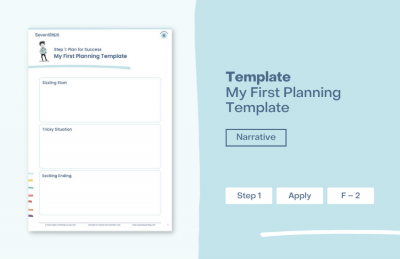
This is just one video out of a nine-part series of short videos that showcase how different authors have used particular Steps in their writing. Become a Teacher Hub member and share these videos with your students!
Parent newsletter
Parents will also be an important support for this age group, so help them learn the theory and techniques in the parent newsletter below, then share the writing worksheets with them.
Start by giving parents this information sheet on Step 2: Sizzling Starts. It will show them the core concepts of Sizzling Starts (and why it’s such a powerful Step!) before they help their children practise.

Years 3 to 6
Continue to embrace the wonderful imagination and enthusiasm of this age group! The activities below allow students to practise a small chunk of a text at a time, so they can master each Step before writing a whole text.
Writing prompts
Picture prompts are the perfect way to inspire your students to come up with unique ideas. But don’t let them write the whole text! Not until they’ve mastered the individual Steps at least.
Each prompt gives students quick writing practice to develop their writing, one technique at a time. With over 40 Seven Steps Writing Prompts to share, you’ll have months of writing activities! Teacher Hub members get exclusive access to additional activities for each prompt, plus related videos to show students and discussion questions – login then find them in the Resource Library.
Persuasive | Narrative | Informative
(Each page includes instructions on how to use the Seven Steps Writing Prompts.)

Chatterbox
A Random Ideas Generator that can create over 500 unique story ideas. Ask students to do this with a parent or sibling to create a list of unique characters and problems. It will be the perfect inspiration for when they write a whole narrative text.
Give your more able students the go-ahead to write the full story!
STEP Step 1: Plan for Success
PURPOSE Apply
RESOURCE TYPE Template
YEAR F–6
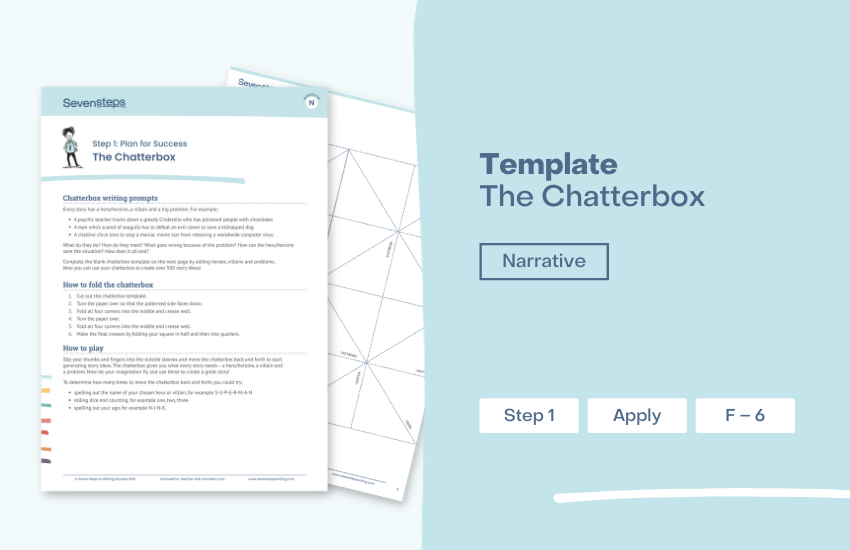

Years 7 to 9
Secondary students’ writing will be much richer and more sophisticated if we model examples of great writing and ensure they practise, practise, practise. The activities below are focused on practising a small chunk of a text at a time, to build students’ confidence and help them master one element of writing before moving on to the next.
For your struggling writers, refer back to the resources for Years 3 to 6.
Writing prompts
Picture prompts are the perfect way to inspire your students to come up with unique ideas. But don’t let them write the whole text! Not until they’ve mastered the individual Steps at least. Teacher Hub members get exclusive access to additional activities for each prompt, plus related videos to show students and discussion questions.
Members, login and search for ‘writing prompts’ in the Resource Library.
Each prompt gives students quick writing practice to develop their writing, one technique at a time. With over 40 Seven Steps Writing Prompts to share, you’ll have months of writing activities!
Persuasive | Narrative | Informative
(Each page includes instructions on how to use the Writing Prompts.)

For and Against – Persuasive Brainstorming Template
We’ve handpicked (and unlocked) a simple but powerful editable brainstorming template from Teacher Hub that will help you teach students how to come up with unique ideas when writing a persuasive text.
STEP Step 1: Plan for Success
PURPOSE Apply
RESOURCE TYPE Template
YEAR F–10
- For and against persuasive topic – left blank for your choice.
- Teach students to brainstorm ideas for and against a topic before picking a side.
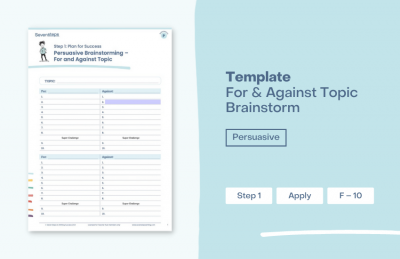
Ready to unlock more?
These are only a small selection of the huge library of resources and online training videos you’ll find on Teacher Hub.
Unlock access to a variety of resources and videos for your whole school today with a 14-day free trial! Or dive straight into full access – sign up today!
Stay healthy and reach out if you need a hand.




